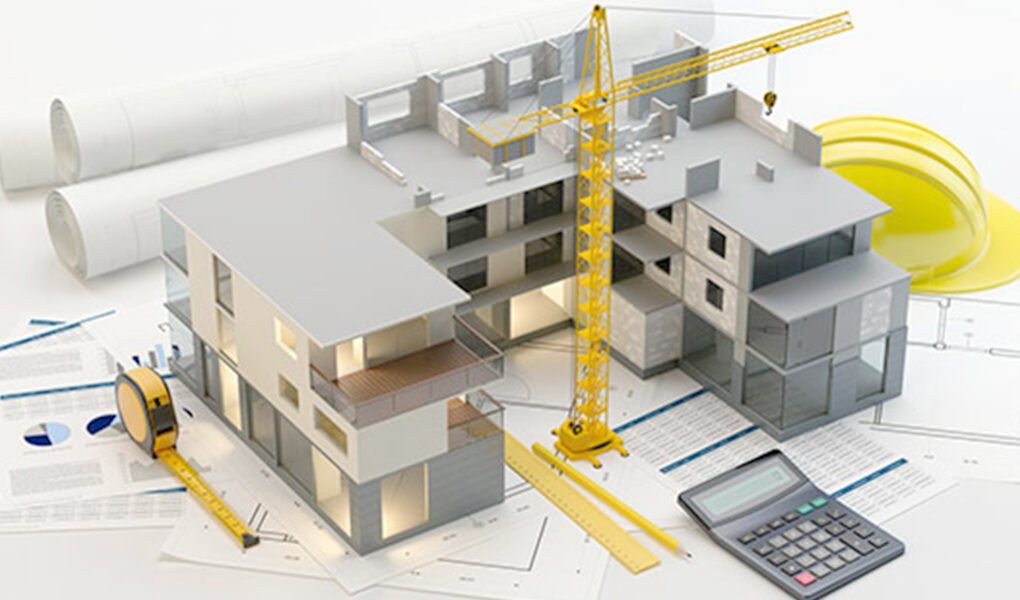Large projects get complex for a simple reason: too many assumptions, too many handoffs, and too many people working from different “truths.” The good news is that the right data flow fixes most of that. When modelers hand over reliable quantities and estimators apply disciplined processes, you move from firefighting to planning. Firms that use BIM Modeling Services alongside practiced Construction Estimating Services reduce rework and shorten schedules. Add structured estimating platforms where required, and the whole process becomes easier to explain and defend.
This is not about tools for their own sake. It’s about using models to stop arguments about counts and using estimates to make choices instead of guesses.
Keep the model practical and consistent
A model built for coordination is not always the same as a model built for estimating. The small differences matter: predictable family names, a few required metadata fields, and consistent units. Those steps make exporting quantities straightforward and useful.
A short pre-export checklist:
- Consistent family and element names across teams
- Required metadata (material, finish, thickness) filled in
- Agreed export format (CSV or IFC) for downstream tools
- Quick sanity check comparing key counts to manual takeoffs
When BIM Modeling Services deliver exports that pass this check, the estimating team spends its time on pricing strategy, not cleanup.
Practical end-to-end workflow you can adopt
You don’t need a perfect tech stack to improve estimating. A simple repeatable process produces quick wins and builds templates for later scale.
Try this sequence:
- Agree on naming and minimal metadata at the project start
- Build the model following those rules
- Export quantities in CSV or IFC and prepare a mapping sheet
- Import counts into your estimating tool and apply local rates
- Reconcile totals, update the mapping, and document lessons learned
When BIM Modeling Services and Construction Estimating Services follow this process, the estimate becomes a living document that updates as the design evolves.
Map once, reuse many times
Mapping is the bridge that converts model language into pricing language. It is a simple spreadsheet at first, but it becomes a company asset after a few projects. Capture the pairing between what the modeler uses and what the estimator needs, plus units and any conversion rules.
What a mapping table should include:
- Model element name → estimating line item code
- Unit of measure (area, length, count)
- Default productivity or labor units per measure
- Short notes about finishes, inclusions, or exclusions
When Construction Estimating Services rely on a maintained mapping file, imports become routine. Estimators can then focus on local rates, alternatives, and contingencies.
Common friction points and fast fixes
Teams often stumble on predictable issues: inconsistent naming, missing metadata, and incompatible formats. None of these are fatal. They are, however, expensive if you ignore them.
Fast, practical fixes:
- Publish a two-page modeling guide and enforce it
- Use template families to avoid name drift across projects
- Keep the mapping spreadsheet in a shared, versioned location
- Rely on CSV/IFC as neutral formats if direct integrations aren’t available
These simple governance steps reduce rework and make the handoff between modeling and estimating smooth.
How structured estimating speeds decisions
Structured estimating platforms turn quantities into auditable documents. For projects that touch insurance claims or restoration work, that structure matters. Outputs in a recognized format reduce back-and-forth with adjusters and shorten approval times. When estimators feed clean counts into those systems, they get clearer, faster results.
If you use Xactimate Estimating Services, the platform’s standardized line items and local price lists make the estimate easier for third parties to accept. That reduces negotiation and speeds payment.
Measurable benefits that clients and teams notice
Clients rarely care about the tools you used. They care about outcomes. The effects of better modeling and estimating are easy to see.
Visible results include:
- Fewer change orders and clearer scopes once construction starts
- Faster bid responses and quicker claim turnarounds
- Better procurement timing; suppliers get accurate quantities earlier
- Clearer audit trails for owners, insurers, and stakeholders
Those improvements compound project after project, making each next job easier.
Run a pilot, then scale what works
Start small. Choose a short, representative project. Limit model revisions during the pilot so you can measure the end-to-end flow. Assign one BIM lead and one estimator with decision authority. Export, map, import, and review line-by-line. Capture the lessons and update the templates.
A pilot produces reusable templates and governance that are easy to scale without disrupting business-as-usual.
Final Thought
The long-term gains come from consistent habits. Train new hires on naming rules on day one. Version the mapping file after every change. Review one imported estimate monthly and ask what costs the team the most time. Those tiny practices become capabilities.
When BIM Modeling Services, Construction Estimating Services, and the appropriate estimating platforms are treated as a single workflow, complexity becomes manageable. Projects run cleaner, budgets behave better, and teams spend time solving real problems instead of fixing data.




